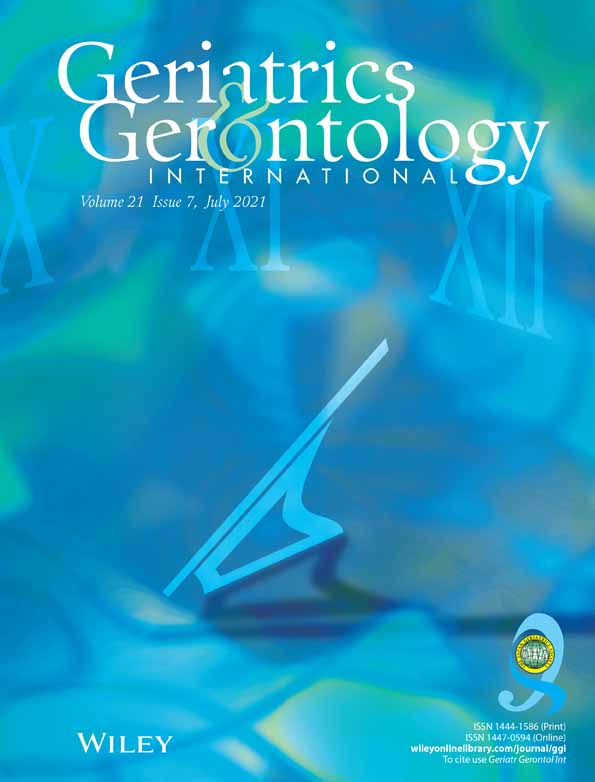Proteome analysis demonstrates involvement of endoplasmic reticulum stress response in human myocardium with subclinical left ventricular diastolic dysfunction
Abstract
Aim
Heart failure is increasing in Japan, in particular that with preserved ejection fraction (HFpEF) prevalent in older-aged patients. The purpose of this study was to investigate the pathophysiology during the early stage of left ventricular (LV) diastolic dysfunction by the quantitative proteome analysis of human myocardium.
Methods
Among 331 post-mortem autopsy patients, we selected 23 patients (aged 79 ± 9.6 years) with echocardiographic data and without major comorbidities, except hypertension. Cryopreserved autopsy tissue of the LV myocardium was subjected to proteome analysis. LV diastolic function was evaluated by echocardiographic data. Thirteen patients were classified into the impaired diastolic function (IDF) group, and 10 the normal cardiac function group. We performed comparative proteome analysis between the IDF and normal groups by isobaric tags for relative and absolute quantitation (iTRAQ) using nano-liquid chromatography–tandem mass spectrometry.
Results
The iTRAQ-based proteome analysis revealed 57 differentially expressed proteins in the IDF group. Molecular network analysis of differentially expressed proteins indicated that endoplasmic reticulum (ER) stress was a potentially important event. Furthermore, the expressions of proteins associated with the ER stress response, such as glucose-regulated protein 78 kDa, inositol-requiring kinase 1α and spliced X-box binding protein 1, were significantly decreased in the IDF group.
Conclusions
This study suggested that reduced ER stress responses were involved during the early stage of LV diastolic dysfunction. Geriatr Gerontol Int ••; ••: ••–•• Geriatr Gerontol Int 2021; 21: 577–583.




